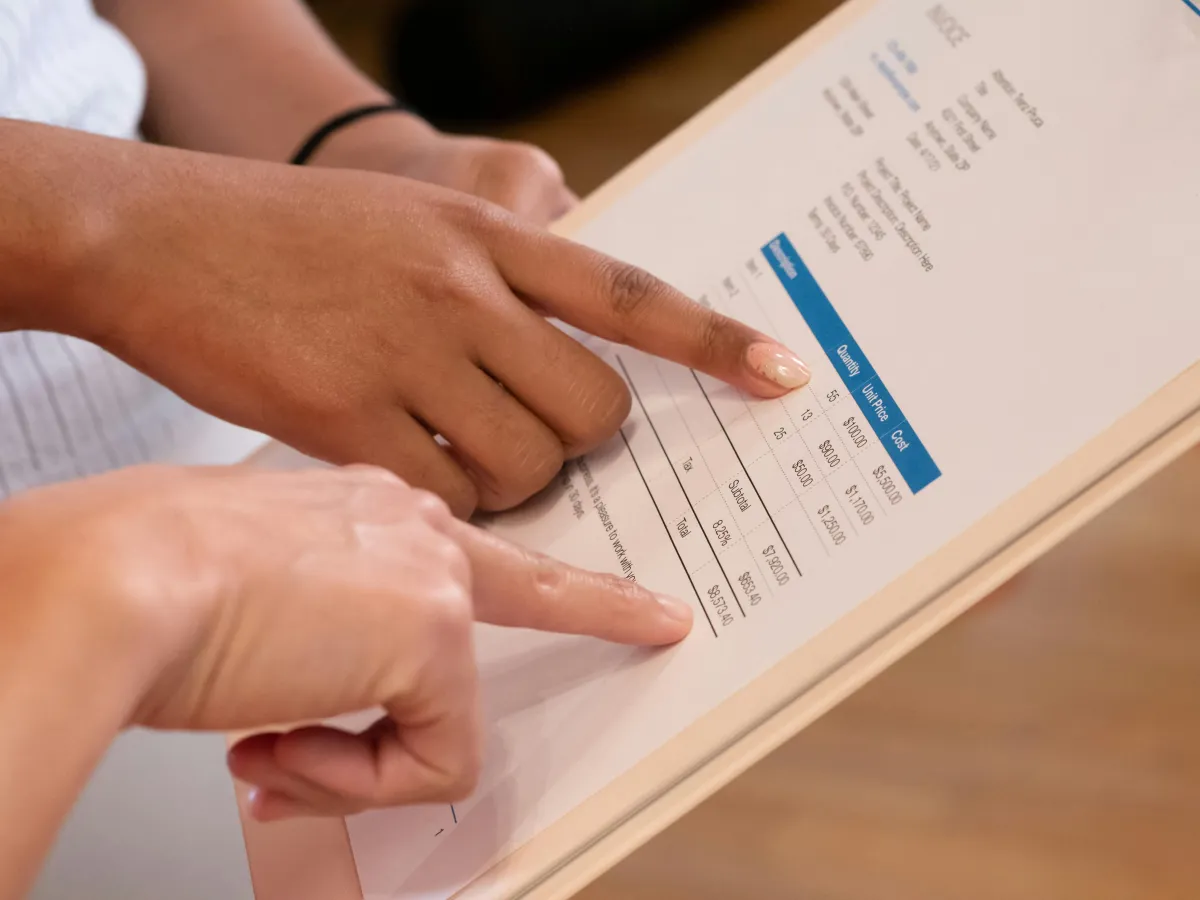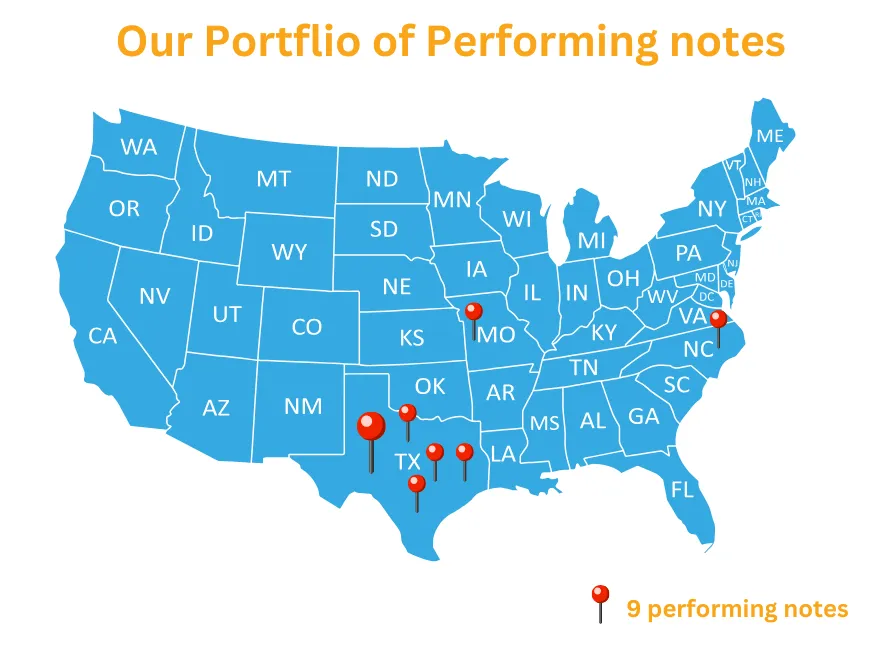NOTE INVESTING
browse our portfolio of commercial real estate assets and review their performance
Note Investing
It is a niche yet highly attractive segment of real estate and financial investing. It involves purchasing promissory notes—essentially debt secured by real estate or other assets. By acquiring these notes, investors essentially step into the lender's role, collecting payments from borrowers or taking alternative action if the borrower defaults.
Be the First to Know
Receive exclusive investment opportunities, and the latest investing strategies ...right to your inbox.
Be the First to Know
Receive exclusive investment opportunities, and the latest investing strategies ...right to your inbox.
Types of Notes
Performing notes:
A Performing Note is a loan where the borrower is making regular, on-time payments according to the agreed terms. These notes are considered lower risk and provide steady, predictable cash flow to the investor. They are typically priced closer to the loan's face value because of their reliability.
Non-Performing notes:
A Non-Performing Note is a loan where the borrower has fallen behind on payments, usually 90 days or more past due. These notes are higher risk but can be purchased at a significant discount, offering the potential for higher returns. Investors often buy non-performing notes to negotiate new terms with borrowers, restructure the debt, or take ownership of the underlying collateral (e.g., through foreclosure).



Benefits Of Note Investing
Passive Income: Regular payments from borrowers provide steady cash flow, much like owning a rental property but without the headaches of property management.
Flexibility: Investors can choose performing notes (where borrowers are current on payments) or non-performing notes (where borrowers are delinquent), the latter often being available at a significant discount.
Control: You can negotiate new terms with borrowers, modify loans, or even foreclose and take ownership of the underlying property if necessary.



Risk Mitigation: Notes are secured by tangible assets, meaning the real estate backing the note serves as collateral.
Entry Points for Different Budgets: Notes can be purchased at various price points, making this strategy accessible to many investors.






